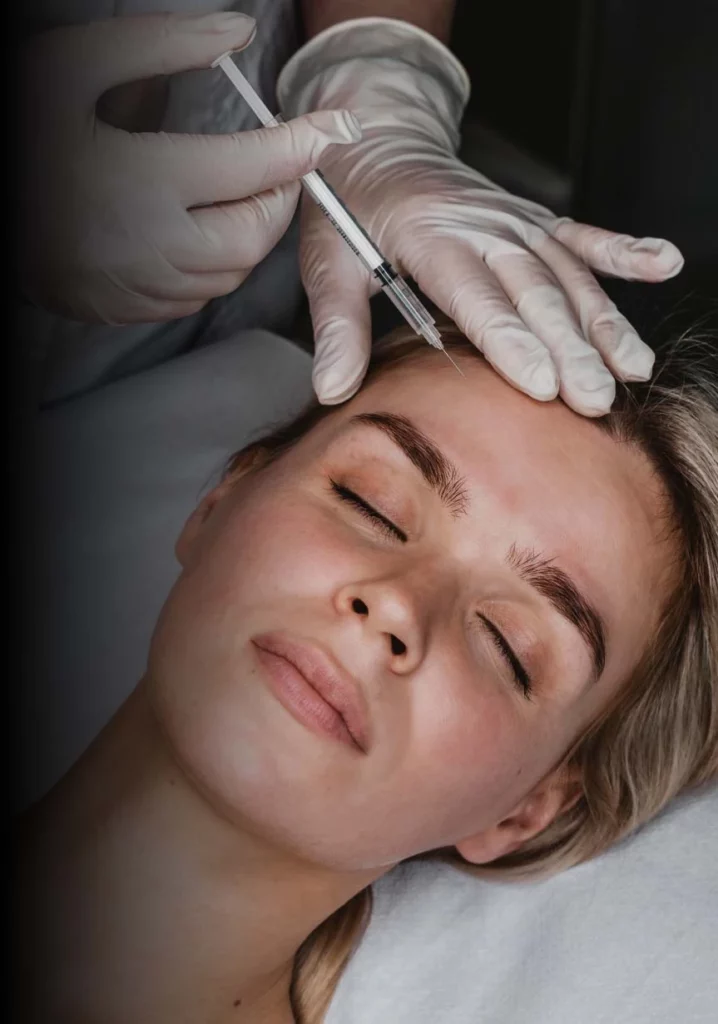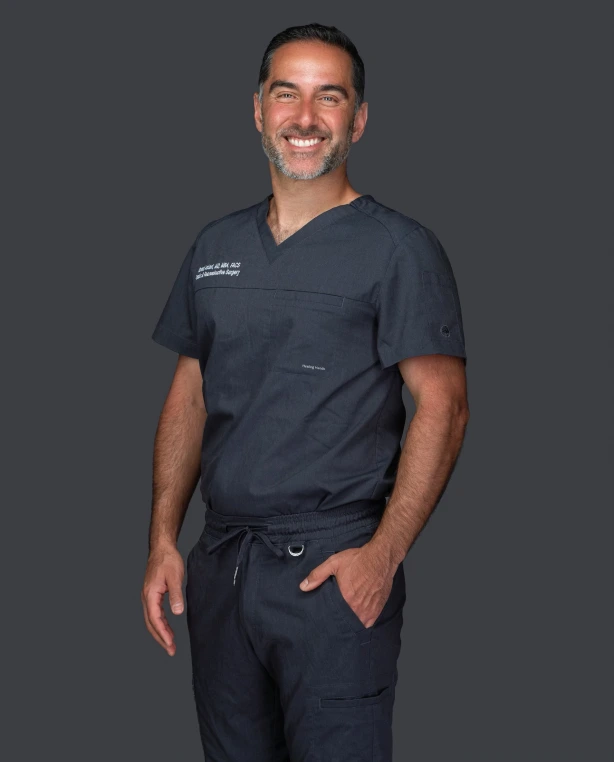Platelet-Rich Plasma (PRP) treatment in Miami, FL has emerged as a revolutionary treatment option offered at the renowned Revive Surgical Institute. Situated in the heart of Miami, Revive Surgical Institute is at the forefront of providing patients with access to cutting-edge PRP treatment in Miami to promote healing from plastic surgery procedures as well as for rejuvenation. As Miami residents seek transformative solutions, Revive Surgical Institute stands as a beacon of excellence in delivering the remarkable benefits of PRP injections.

Platelet Rich Plasma (PRP) is a regenerative treatment that harnesses the healing properties of a patient’s blood, specifically, the liquid plasma portion that contains a higher concentration of platelets, growth factors, cytokines, and proteins than red blood cells, and white blood cells. These platelets and associated elements are pivotal to the body’s innate healing mechanism, enabling tissue repair, inflammation reduction, and the cultivation of new cells. PRP is obtained from the patient’s blood using specialized centrifugation techniques. When administered, PRP injection for skin rejuvenation amplifies the healing response, enhances blood circulation in the targeted zone, and encourages tissue regeneration. PRP injection treatment is a natural and potent solution for various conditions with diverse applications in sports medicine, orthopedics, dermatology, and aesthetic medicine.
PRP treatment can be a safe and effective way to promote healing and rejuvenation with the proper preparation and injection technique. Here are the steps involved in the platelet-rich plasma injections procedure:
The PRP procedure starts with a small amount of blood drawn from the patient. Then, the blood is processed in a centrifuge machine to separate the platelet from the other blood components. Platelets are concentrated by further centrifugation, and the pure platelet-rich plasma (PRP) is extracted. It may be processed further or activated, resulting in a buffered platelet-rich plasma (PRP); a buffering agent is added to adjust its pH level. The choice between pure and buffered platelet-rich plasma depends on the treatment and the patient’s needs.
Once the platelet-rich plasma is processed and ready, it can be injected into the target area. The PRP injection technique may vary depending on the specific treatment area but typically involves using a fine needle to inject the platelet-rich plasma into the skin or tissue carefully.
After the PRP procedure, patients may experience mild swelling or bruising, but this usually subsides within a few days. Multiple PRP injections may be necessary for optimal results depending on the treatment area and the patient’s specific needs.
Platelet-rich plasma (PRP) injections have a wide range of applications in various treatments, including:
PRP injections can be incorporated into procedures such as facelifts, breast augmentation, and scar revisions, among others. These injections promote healing, stimulate collagen production, and improve skin texture, leading to natural-looking and long-lasting results.
PRP injections improve skin texture, stimulate collagen production, and reduce the visibility of fine lines, wrinkles, and acne scars.
PRP injections into the scalp address hair thinning and loss and promote hair regrowth, resulting in increased new hair growth and thickness, offering a non-surgical solution for hair loss and restoration.
PRP injections can be combined with cosmetic procedures like facelifts and microneedling to enhance skin rejuvenation, improve skin tone, and minimize signs of aging.
PRP injections can enhance the appearance of scars by promoting healthy tissue regeneration and reducing scar visibility.
Adequate preparation for PRP therapy involves essential steps such as medical evaluation, goal discussion, blood sample collection, centrifugation, and PRP extraction. This process ensures high-quality PRP for treatment, maximizing the potential benefits and success of the therapy.
Before PRP injections, patients are advised to avoid certain medications, including nonsteroidal anti-inflammatory drugs (NSAIDs), aspirin, and blood-thinning medications, which can increase bleeding risk or affect platelet function.
During the consultation at Revive Surgical Institute, Dr. Askari assesses the patient’s suitability for PRP treatment and discusses treatment goals and expectations.
Local anesthetic is given if necessary to ensure the patient’s comfort throughout the surgery. The PRP is skillfully injected into the target area by Dr. Askari.
The patient’s progress is monitored following the procedure, and post-procedure care is provided to support recovery and optimal results. Proper aftercare following PRP therapy is crucial for optimal results, which includes resting, protecting the treated area, following a gentle skincare routine, using sun protection, staying hydrated, and attending follow-up appointments.

In Miami, the cost of PRP therapy can vary depending on the specific treatment being performed. Generally, platelet-rich plasma (PRP) therapy for aesthetic purposes, such as hair restoration, skin rejuvenation, or dark circles, can cost between $500 to $1500 per treatment session. Plastic surgery procedures, such as facelifts or breast augmentation, may vary based on the extent of the PRP treatment and the number of injections required. The PRP injection cost may range from $1000 to $3000 per treatment session.

Renowned for his expertise in PRP injections for plastic surgery and skin rejuvenation, Dr. Askari is a distinguished PRP injection specialist in Miami, Florida, who deeply comprehends PRP’s extensive benefits and applications. Our innovative methods and state-of-the-art equipment guarantee meticulous delivery of PRP to the targeted areas, optimizing its potency.
At Revive Surgical Institute, our commitment is to provide exceptional care and optimal results through PRP in Miami, Florida. Dr. Askari and our proficient team have successfully helped many patients meet their aesthetic aspirations with platelet-rich plasma therapy. We value individualized attention, partnering closely with each patient to devise a tailored PRP treatment strategy that meets their requirements and anticipated results.
PRP therapy may cause some discomfort or mild pain at the injection site, but this can be managed with over-the-counter pain medication or local anesthesia as deemed necessary by the healthcare provider.
The timeline for seeing results from PRP therapy varies depending on the specific treatment and individual patient factors. For example, some people might notice results after a few weeks, while others might need many months to benefit fully.
While PRP therapy is generally considered safe, it may not suit everyone. Therefore, patients should discuss potential risks and contraindications with their healthcare provider before treatment.
The longevity of results can vary depending on the individual and the condition being treated. Some patients may experience long-lasting benefits, while others require periodic maintenance treatments to sustain the desired outcome. Your healthcare provider can guide you in maintaining the results of your PRP therapy.
Most individuals can be considered for PRP therapy. Still, it is essential to consult a qualified healthcare provider to determine suitability based on your medical history and treatment goals.
Botox injections work by relaxing muscles, while PRP injections use own blood of the patient to stimulate collagen production and tissue regeneration. Botox injections are quick and effective but temporary, while PRP injections may have longer-lasting results.